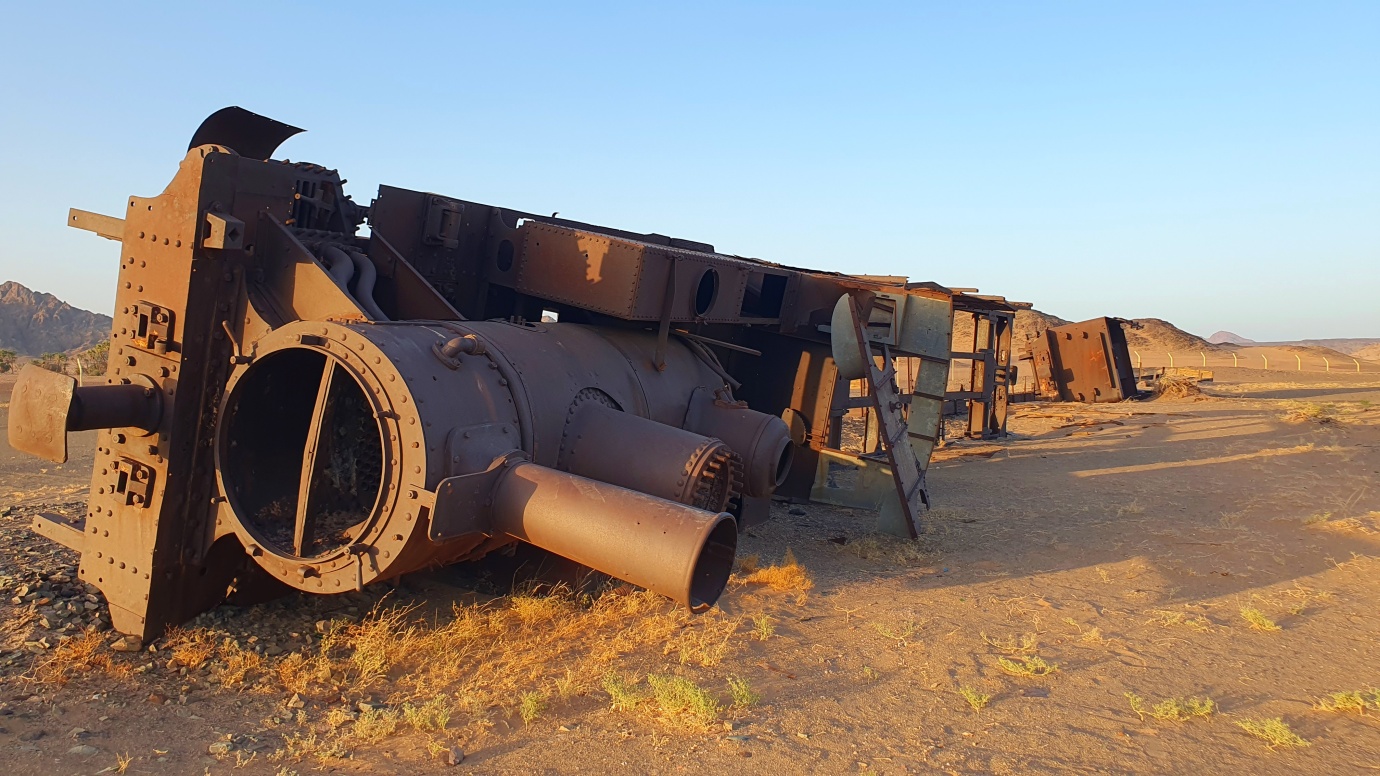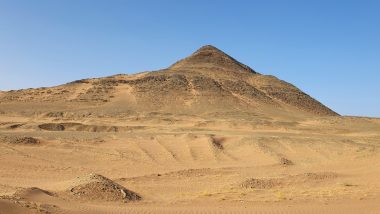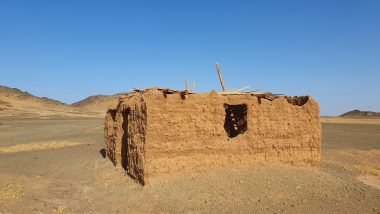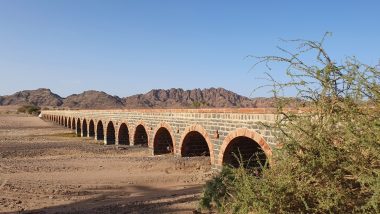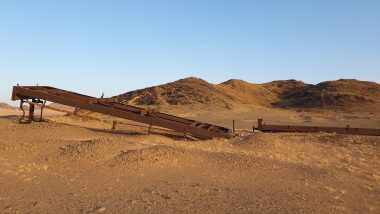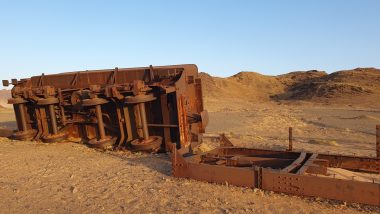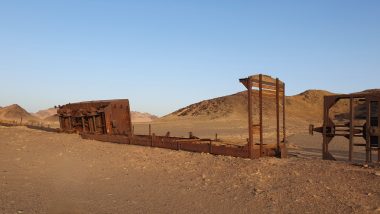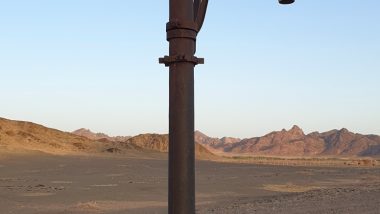The beginning of the twentieth century witnessed the construction of an important project in the Islamic culture, which shortened the journey of pilgrims from the Levant, Northern Iraq, Egypt, and Anatolia from 45 days to 5 days, bringing that time up to 300,000 pilgrims in a year.
For over a century, the Hejaz Railway has been known for Lawrence of Arabia’s celebrated desert campaign, fighting alongside the Bedouin in the Arab Revolt during the First World War. But one hundred engineers and more than seven thousand workers showed a monumental feat of engineering requiring enormous imagination, technical ability, courage, and determination.
The Hejaz Railway project was completed in 8 years with 32 stations along 1302 kilometers long narrow-gauge railway connecting Damascus with Al-Madinah. It was a part of the Ottoman railway network. The original goal was to extend the line from the Haydarpaşa Terminal in Kadıköy, Istanbul, beyond Damascus to the holy city of Mecca. However, construction was interrupted due to the outbreak of World War I, and it reached only Al-Madinah.
We drove to the former Hadiyah Station, where a lonely overturned steam engine surrounded by shifting dunes and rugged hills lies down. The site is fenced, but there are a couple of broken points. The train was tipped over by locals sometime after 1987 to get the rails. Nearby is an impressive stone viaduct.
One wrong move, and we got 30-minutes with shovels 🤪
Parking location: 25.541442N 38.741153E


